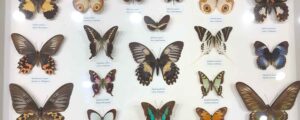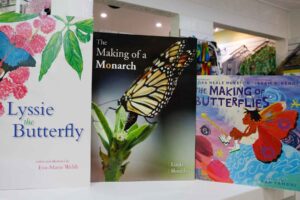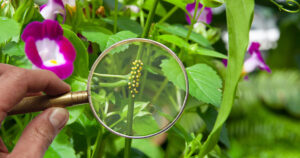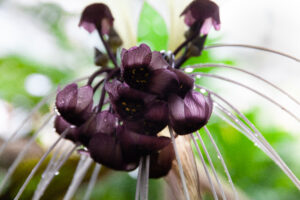exoskeleton | chitin | invertebrates | butterfly | morphology
Have you ever wondered what butterfly wings are made of? Believe it or not, they’re actually made of the same stuff found in crustaceans, spiders and all sorts of other invertebrates in the phylum Arthropoda. This ‘stuff’, we talk about in more detail below, is used to form a skeleton around the outside of their bodies – otherwise known as an exoskeleton. Exoskeletons protect the internal organs of an animal from injury and provide shelter from natural elements like wind, intense sun and rain.

Once an exoskeleton is formed however, internal organs and tissues continue to grow. To make room for this new growth, arthropods must shed their exoskeleton and form a new one (a process called moulting). Most of us know crabs shed their shells as they grow but what about butterflies? Do they shed their wings?
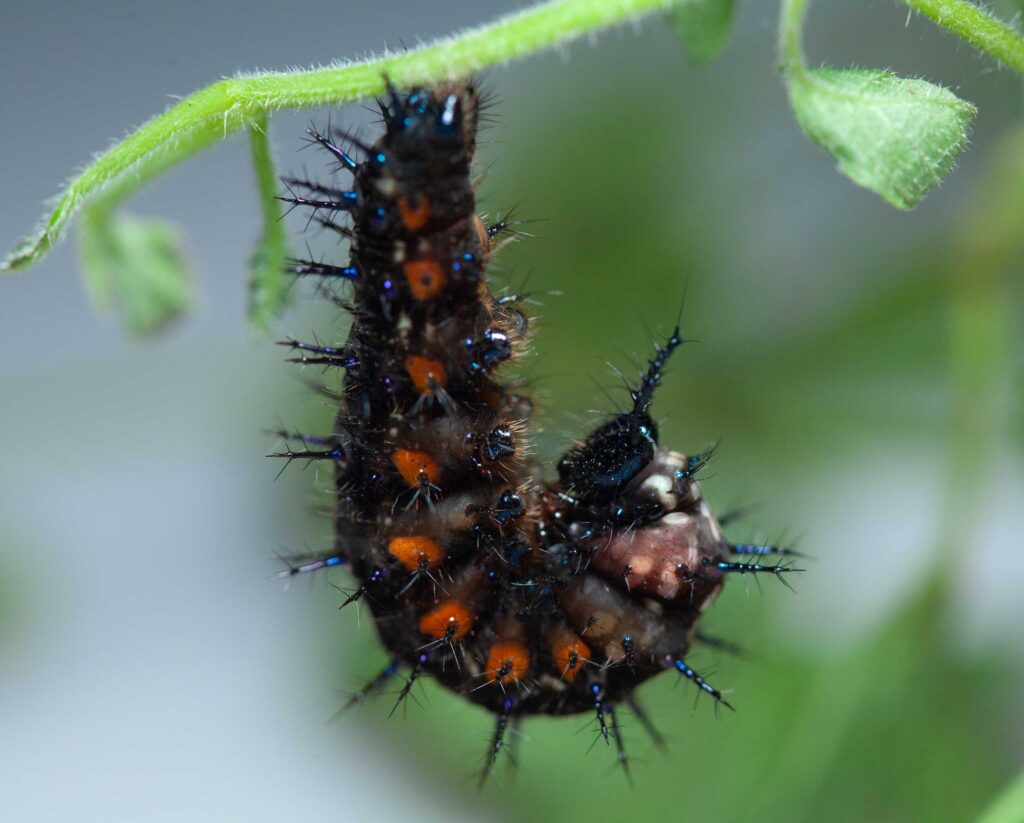
Interestingly, it’s the butterfly larvae or caterpillars that shed their skins as they grow rather than the butterfly. A butterfly does not shed its skin because it does not grow in the final ‘adult’ stage of its life. On average butterfly caterpillars shed their skins 5 to 6 times before they form their chrysalis and emerge as a butterfly. And it’s the same ‘stuff’ in butterfly caterpillars, which transfers during metamorphosis, into the new exoskeleton of the butterfly (i.e. wings, head, abdomen, legs).
The ‘stuff’ in exoskeletons
The ‘stuff’ that forms the exoskeletons of butterflies and crustaceans is also the same ‘stuff’ found in human fingernails and hair! It’s called chitin which is a type of protein. In crustaceans and in some seashells, like oysters, it looks and feels like a chalky white substance. In butterflies, chitin is predominantly found in the thousands of tiny overlapping scales on their wings. Scales give structure to butterfly wings but also behave like solar panels. They absorb warmth from the sun, the warmth then converts to energy and gives the butterfly the ability to lift off and fly!

So, there’s quite a bit of engineering that goes into the making of exoskeletons. As well as being admirable constructs, they’re also absolutely necessary in facilitating protection and movement in some of our favourite animals. Next time you’re out and about in nature, painting your nails, or getting a new hair-do … remember chitin – it’s a remarkable material even we, us humans, have in common with butterflies and crustaceans!

